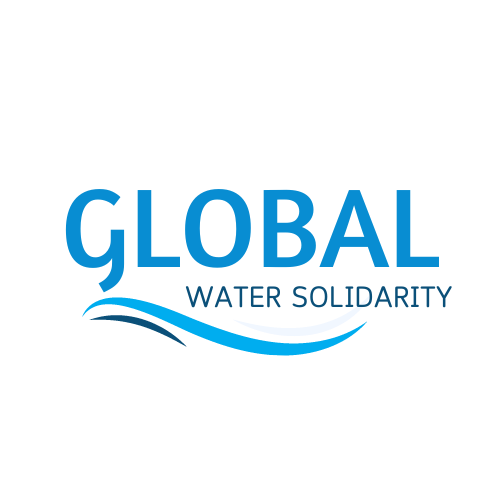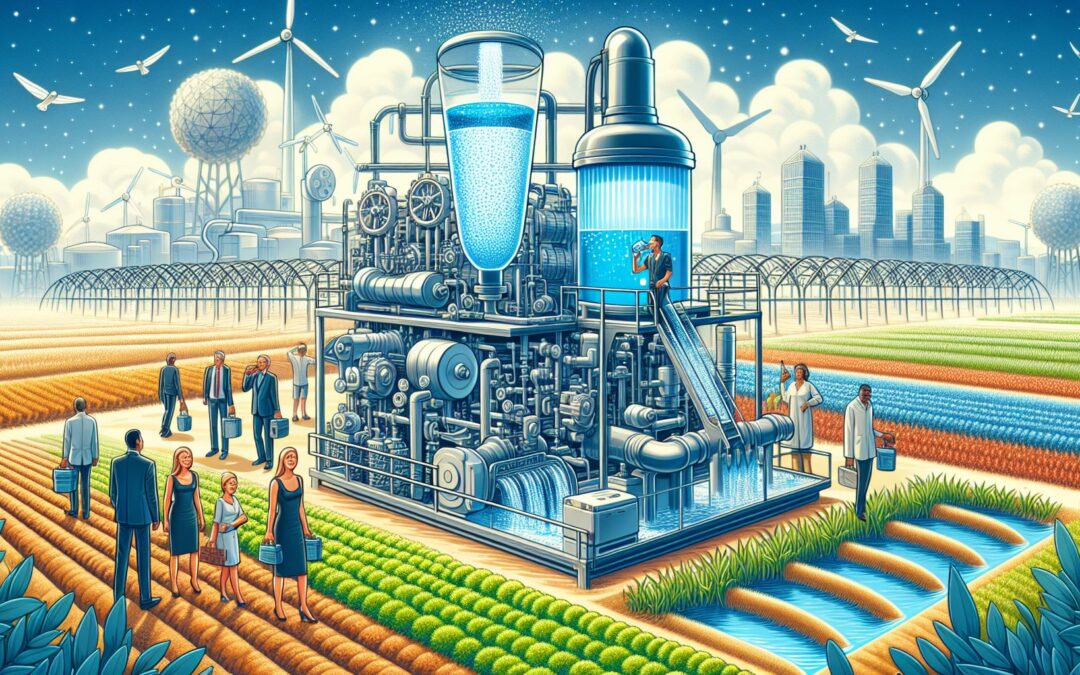In recent years, water scarcity and security have become increasingly critical issues, affecting billions of people worldwide. Changing climatic conditions, rapid urbanization, excessive extraction, and inefficient water use are among the numerous contributing factors. Faced with this grim reality, adopting innovative solutions has become more important than ever before^(1^). This article will explore how technology can be used to address and potentially solve the global water crisis.
Understanding the Scale of the Challenge
Before delving into the technological solutions, we need to fully grasp the scale of the challenge. Nearly 30% of the world’s population, or 2.2 billion people, do not have access to safely managed drinking water^. The situation is even worse when looking at access to safely managed sanitation services. A shocking 4.2 billion people, more than half of the world’s population, lack these crucial facilities^(2^).
Moreover, access to water does not automatically mean that the water is safe or sustainable. Around 3.6 billion people, almost half the global population, live in potential water-scarce areas at least one month per year. By 2050, this could increase to between 4.8 billion to 5.7 billion people.
Role of Technology in Water Management
Understanding the importance of technology in the global water crisis requires an appreciation for the many ways that technology can troubleshoot the water problem.
Water Conservation: In many developed nations, considerable amounts of water are squandered due to outdated infrastructure. Smart meters, artificial intelligence (AI), and the internet of things (IoT) can help save water by increasing efficiency and reducing waste. Smart meters can provide real-time information to households and water suppliers about water use, allowing for instant detection of leaks and overuse.
Water Treatment: Several innovative technologies offer new ways to treat and reuse water. For example, forward osmosis is a membrane technology that uses a semi-permeable membrane to remove salts and impurities from water. Another innovative method is nano-filtration, a relatively new process similar to reverse osmosis but uses less energy.
Desalination: Given that 97.5% of the world’s water is saltwater, desalination technologies can play a significant role in providing fresh water supplies. Cutting-edge technology is making the process more energy-efficient and thus more economically viable.
Key Technological Innovations
Groundbreaking technologies that can potentially change the game in water management are increasingly coming to light.
- The technology company Xylem has developed smart meters and advanced data analytics that can identify leaks in water infrastructure, dramatically reducing water loss.
- Aquaporin uses a biomimetic approach to clean water, leveraging the power of aquaporin proteins, which are found in biological cells and are nature’s own water filters.
- Solar-powered water systems: These offer a sustainable, long-term solution for providing safe water in off-grid areas such as many parts of Africa.
The above examples represent just a small share of the technological innovations being developed and applied worldwide.
Challenges in Technology Adoption
As encouraging as these technological innovations are, their adoption carries several challenges. Infrastructure upgrades need significant investment, which is often lacking, especially in low-income countries. Also, there’s often resistance to new technologies, both from water suppliers concerned about the costs and from consumers worried about price hikes.
Another challenge is the need for government policy to facilitate the adoption of these new technologies, via investment, regulation, and public education. In many countries, such policies are at best in their early stages.
Conclusion
Technology alone can’t solve the global water crisis. However, it is a key piece of the puzzle, providing tools to maximize efficiency, minimize waste, and leverage new resources. Greater investment in water technology, combined with policy reforms and greater public awareness, are crucial to ensuring that everyone, everywhere, has access to clean, safe water now and in the future.
^References:
^1. United Nations, 2019. Leaving no one behind
^2. World Health Organization, 2019. Progress on household drinking-water, sanitation, and hygiene

